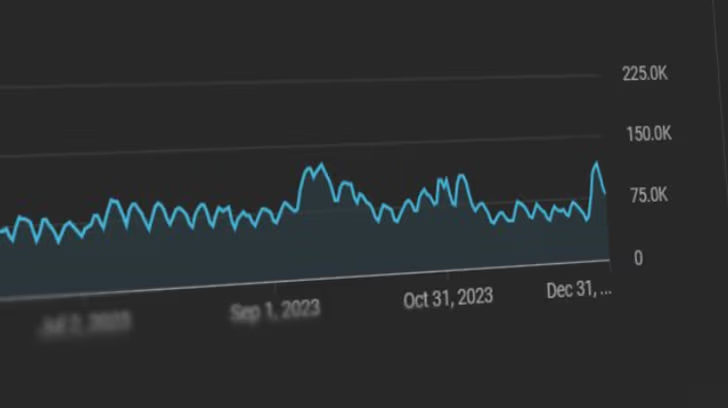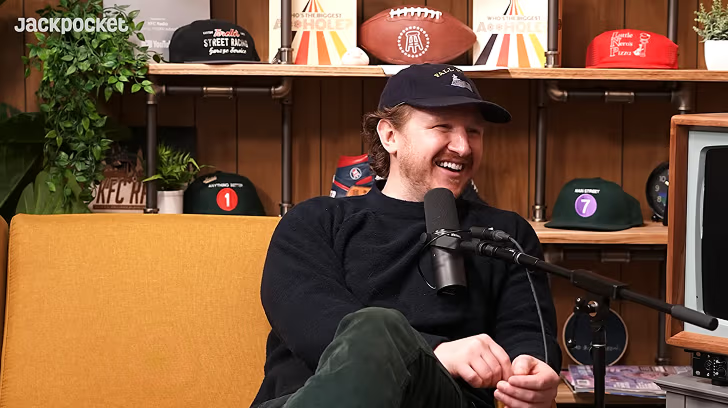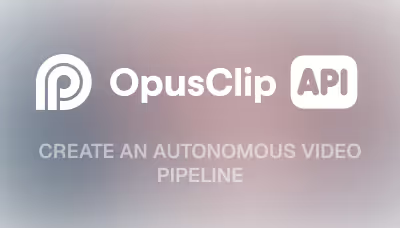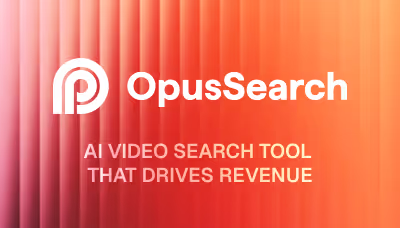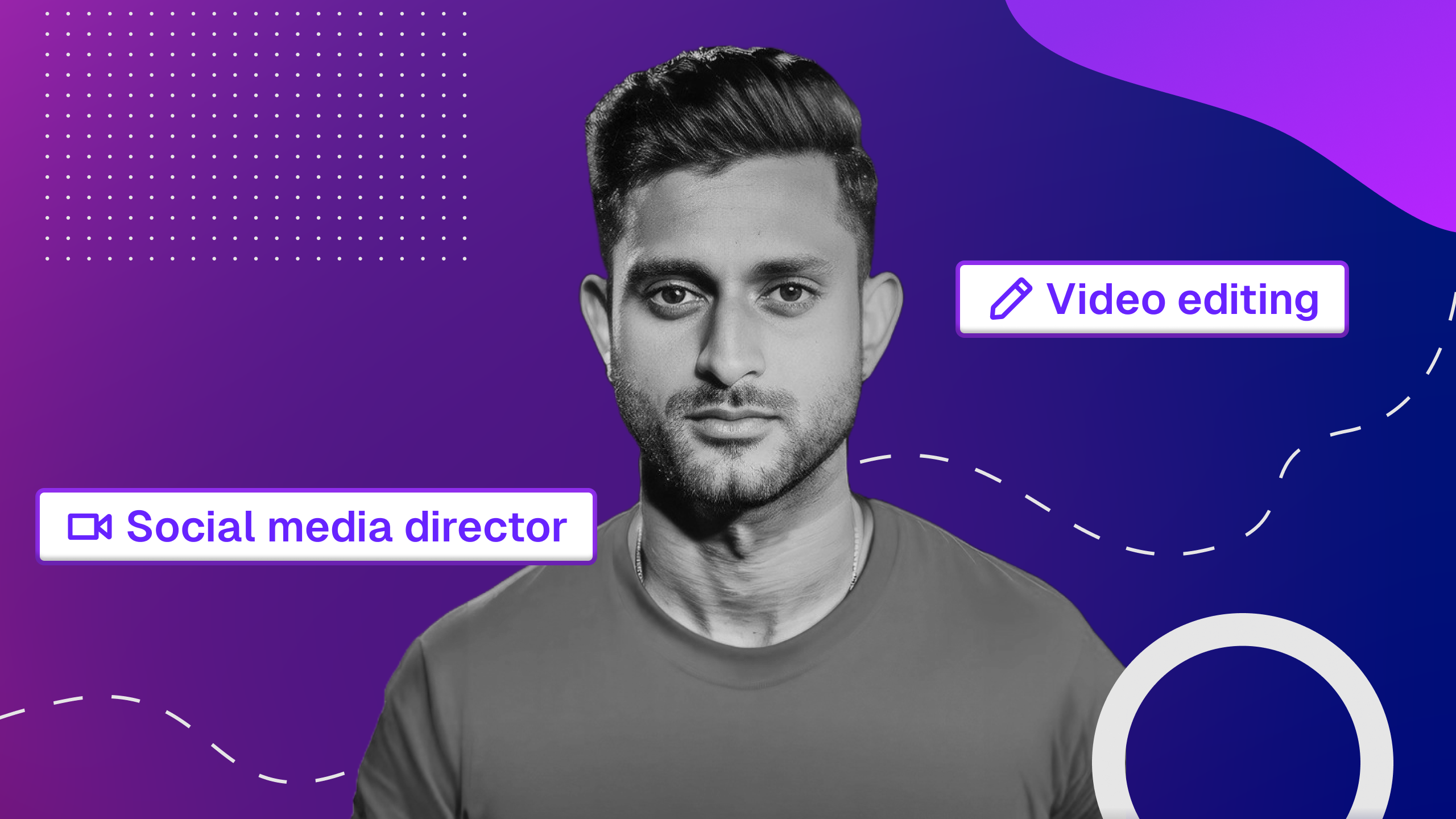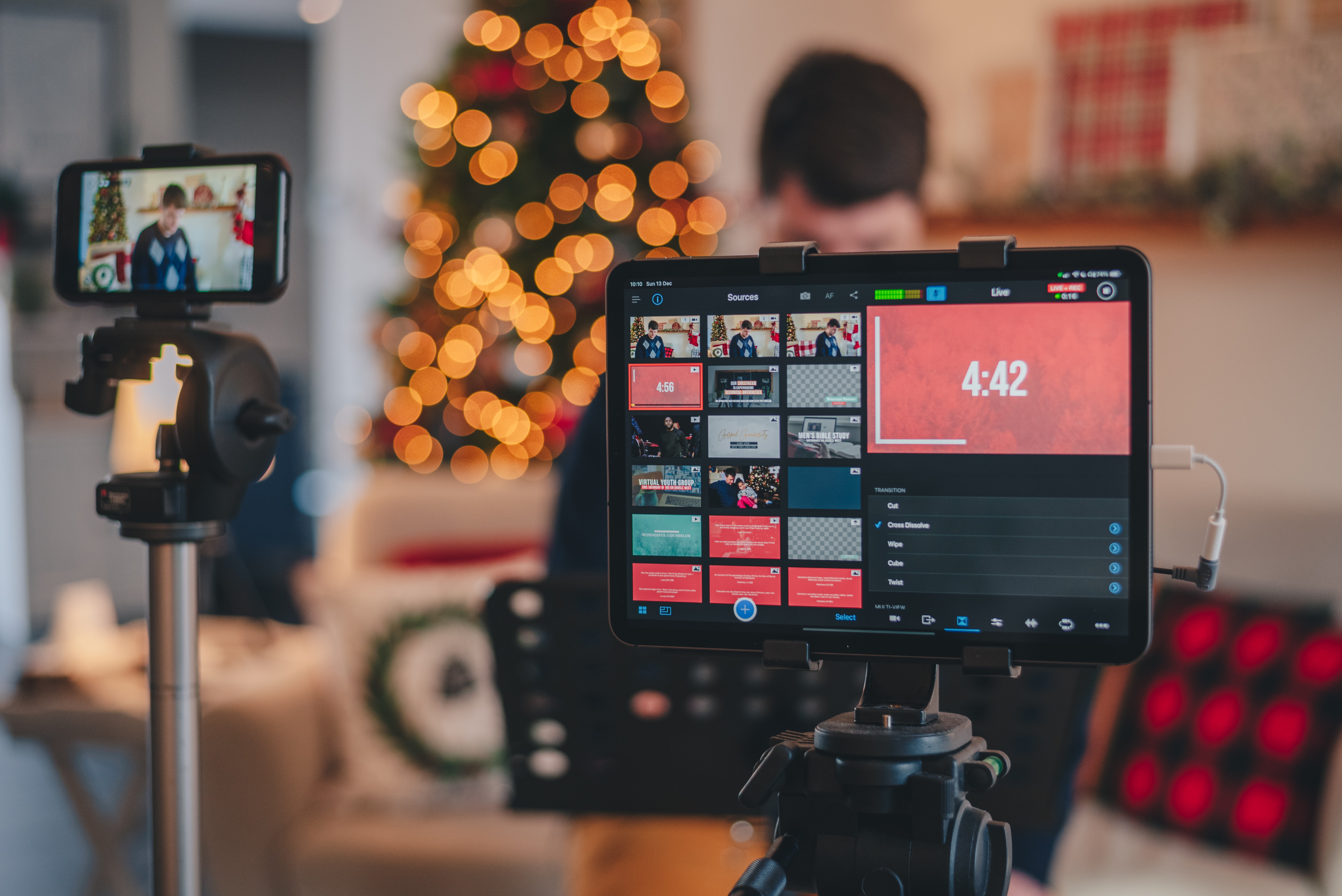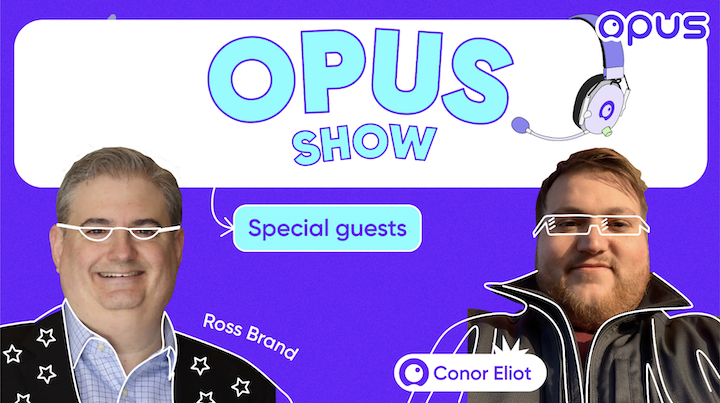What You Really Need to Start a Video Podcast
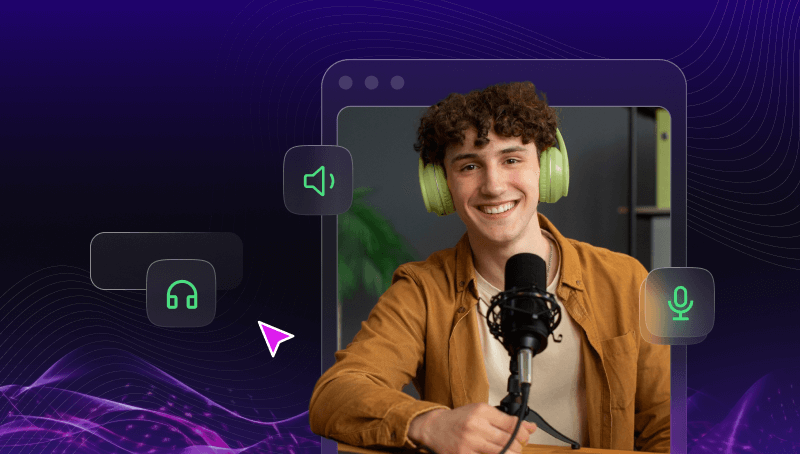
There's no denying that video podcasting is experiencing a boom in our culture today. After chasing the popularity of audio podcasting for several years, by 2023, YouTube became the most used podcast platform in the United States.
The signals are therefore clear: for any creators looking to reach a wider, more engaged audience, creating a video podcast is practically a non-negotiable. And, for those looking to break out into the YouTube or podcasting creator space, a video podcast is a worthwhile platform to pursue.
But for those who are unfamiliar with what it takes to start a YouTube podcast, gathering all the podcast equipment and tools can be intimidating. In this guide, we'll detail everything you need for your podcast setup, from recording equipment and tools to video editing software so that you can launch your video podcast without delay.
Before you begin: Choosing your niche
With a growing number of podcasts being produced every year, competition for your audience's attention is tight, so to set yourself up for success, you'll need to consider several factors about your video podcast before even diving into the technical equipment needed as a podcaster:
- The podcast host sets the tone for the entire production, so whether you're a known creator or a newbie, the best podcasters go in with a plan, bring charisma and entertainment, and work hard at their script, outline, or questions (in the case of interviews).
- Consider the best podcast topic or theme for your video podcast--is it going to cover a niche genre like gaming, sports, or finance? Or, will it be based on the charisma of a known public figure whose personality is enough to drive views and engagement.
- Stick to a format that works. Often, for podcasts with a big enough audience, bringing on interesting guests for interviews will keep your listeners coming back. Otherwise, collaborate to create a conversational tone and do a deep dive into one topic in each episode.
There are many more pointers to be learned about the strategy, but for now, let's turn to the technical information you need to know to get started with video podcasting.
Production equipment you need for video podcasting
Podcasts with video have a visual and an audio element in the podcast setup, so we'll break down our advice based on those two categories.
Video and audio equipment you need to start your podcast
1) Camera
- What to look for: Your phone camera (especially if it's one with 4K video recording capabilities) can often do the job to get started with your video podcast setup. But if you have the budget for more production equipment, aim to get a separate video camer, like a mirrorless camera or DSLR camera that has adjustable settings and changable lenses. You want something that can account for different distances, focuses, lighting, and depths of field. If you're recording video solo and on a lower budget, you can also consider a higher-quality webcam to simplify your setup until you gain more momentum. Note that if you have many guests on your podcast, you may need a multi camera setup down the road.
- What to avoid: Avoid using your phone's front-facing camera or your computer's built-in webcam as podcast equipment, the quality just won't hold up and it will be apparent in the visual content--especially in comparison with the higher production value podcasts you find across video platforms. Video editing and audio editing can improve your content in post-production, but that only works if you start with high-quality footage.
2) Tripod
- What to look for: Whether you're using your phone or a mirrorless camera, you'll need a tripod as part of your podcast setup. Consider the weight of your camera and match it to the capacity of the tripod. Aim to get a product that's full height so you have flexibility with your tripod placement for filming. Also, you'll need to be sure to have a tripod head to attach the camera, and may want to check that it can attach for a vertical filming setup if you need it, since some tripod attachments are only compatible with horizontal filming.
- What to avoid: Don't get a monopod, as they don't stand on their own with stability. Also, don't try to substitute a tripod with placing your camera or balancing it on an elevated surface. You need the flexibility and consistency that a tripod brings to your filming setup.
3) Lighting
- What to look for: When you're starting out, choose a lighting option that has color so you can create various atmospheres in your podcast set. Separately, choose a light that can face the host and the general set where you can control the brightness intensity. This will be important for controlling your environment. A diffusion tool like a softbox can help manage the strength and quality of that light to give you even more visual control.
- What to avoid: Avoid relying solely on natural light or your room's lighting, as this will not create an appealing video and will be inconsistent over time. That means when you go back to edit and cut your video recording, each of those splices will be obvious to your viewers.
4) Microphone
- What to look for: Creating a high-quality audio recording is essential. Whether you're using a webcam, a phone, a mirrorless camera, or a DSLR camera, you need an external microphone to capture the best sound for your listeners. There are many options that can serve as a podcast microphone, including a lavalier microphone that clips onto the shirt of the podcaster, a USB mic that you can plug directly into your computer, or an XLR microphone that needs to be plugged into an audio interface. The audio file and video file will later be synched in post-production and editing.
- What to avoid: Don't buy an XLR mic without an audio interface because you won't be able to plug it in. Additionally, don't rely on the built-in mics on your camera. The quality will be far less superior and listeners will hear background noise and disruptions.
Best practice tips for creating the optimal podcast set
Beyond just the tech required, you need to focus on developing the right filming environment for your podcast set or podcast studio. To ensure podcast recording goes smoothly, create a space that has:
- Overall quiet and reduced background noise
- Minimal disturbances to avoid filming interruptions
- Controlled lighting with reduced exposure to natural light so that if you record over time and edit the footage, your viewers won't be able to see that choppiness
- Optional additional equipment like a teleprompter or props
- Essentials like charged camera batteries, lens cleaning equipment, and cords for each device.
- A clean background and interior design with your personal style infused to create a unique and appealing look
Tackling your video podcast in post-production
Once you have your video recording and audio recording, you can compile and edit both files in the same program. Da Vinci Resolve, Final Cut Pro, and iMovie are all free video editing software options that you can use. The post-production editing process can help you hone in on the best parts of your recording, create a compelling and engaging episode, edit out gaps and pauses, and control for any visual finishes or effects that you need to add to create a quality video for upload.
After you export your video podcast, you can prepare to upload to YouTube and even Spotify. You'll need a thumbnail for your video content for a YouTube podcast, or a podcast cover that will remain consistent episode-to-e on Spotify.
Maximize your reach and share clips to social media
With so much work going into the production of each video podcast episode, most creators aim to make the most of their content by sharing it on social media. Obviously, a full-length video doesn't adapt to Instagram Reels or TikTok, so you'll need to break up your video content into smaller clips.
To save time in this process and level-up your videos for social, consider using an AI tool like OpusClip. Our tool uses AI to identify the most trend-worthy clips from your full video, and completes all of the cutting, editing, and subtitles for you so that you wind up with ten viral clips from each video that are ready to share on social.
Video podcasting FAQ
How do I set up a camera for my podcast?
To get a professional-looking shot, make sure your subject is in the center and at a close enough distance. Consider the rule of thirds when it comes to framing a well-composed shot so that you can place background items and the subject in-frame in a visually pleasing way.
How many cameras are needed for a podcast?
If it is just going to be one podcast host, you can begin with a singular camera setup. As you add more people through interviews, you may want to consider having multiple cameras with a separate camera facing each podcaster.
What camera do people use for podcasting?
A highly recommended mirrorless camera is the Sony a6400, although there are various options at different price points and capacities.
What mic do most podcasters use?
The RØDE PodMic is a highly regarded microphone, but again, depending on your budget and needs, there are many options on the market.
If you're starting a video podcast and want to optimize your processes, reach the widest possible audience, and grow your following as a creator, learn more about how Opus can help you on your journey.




